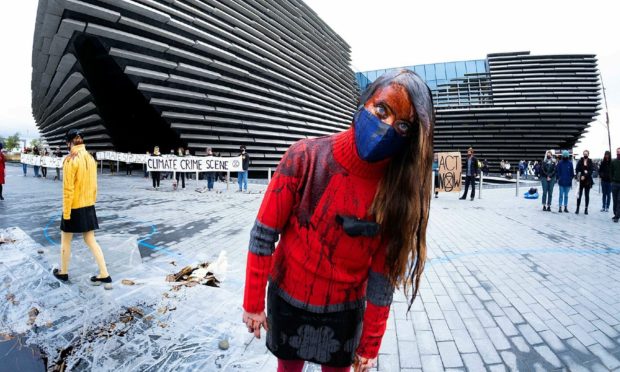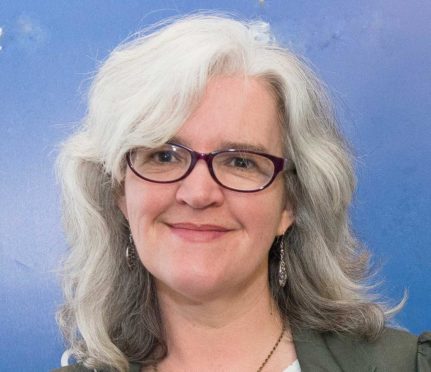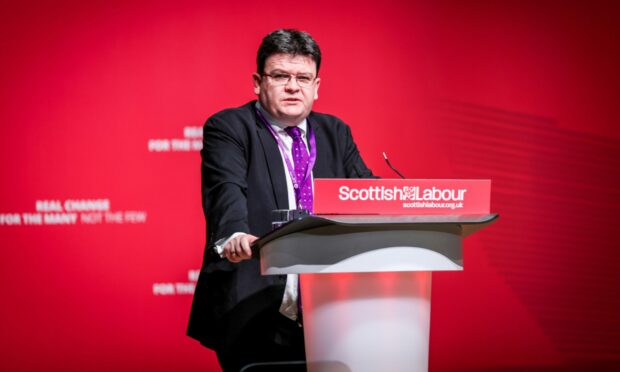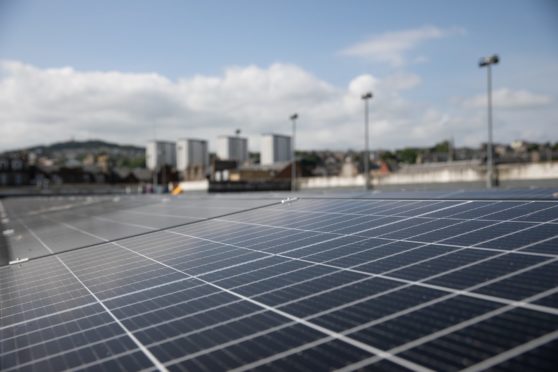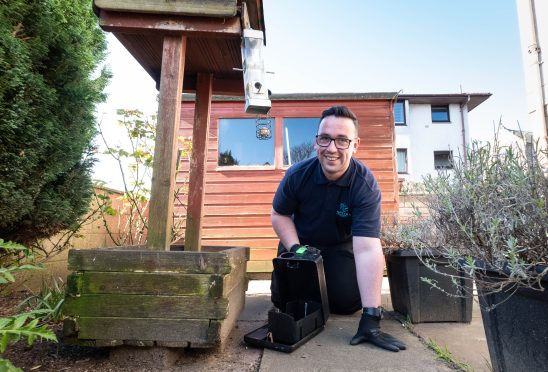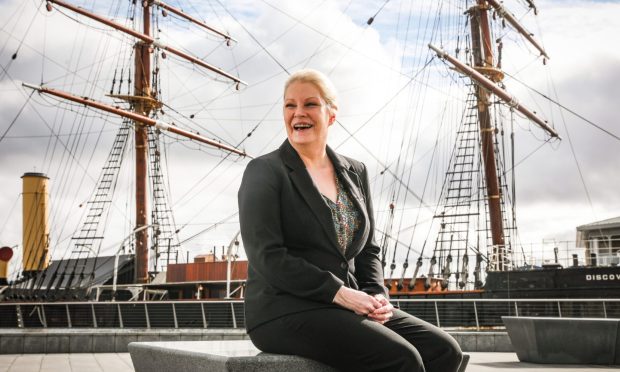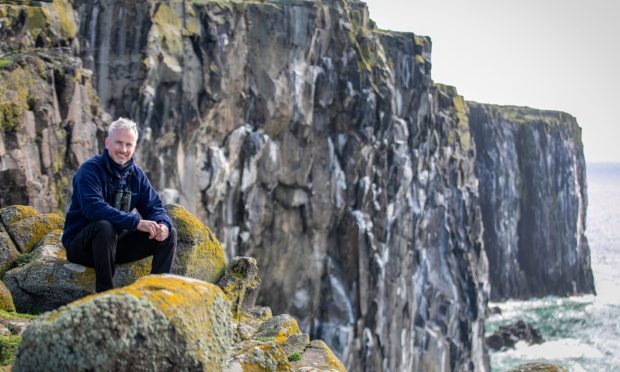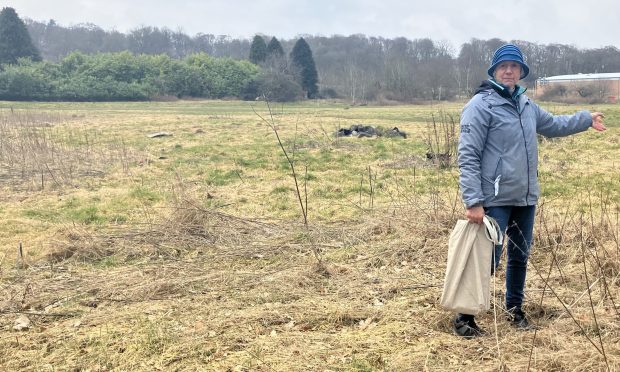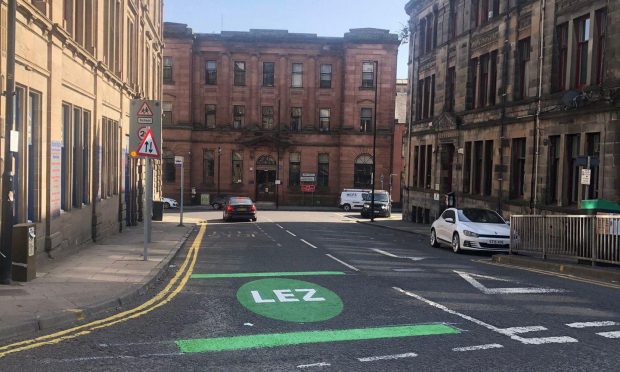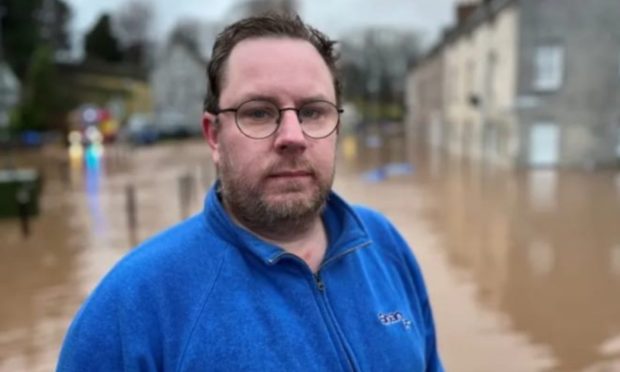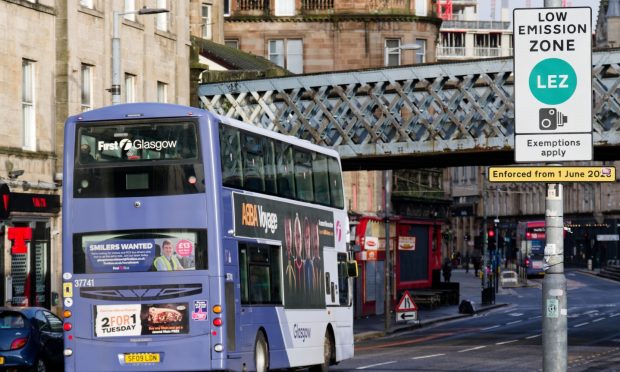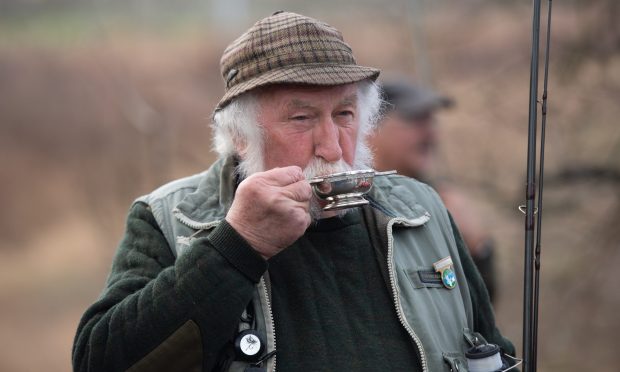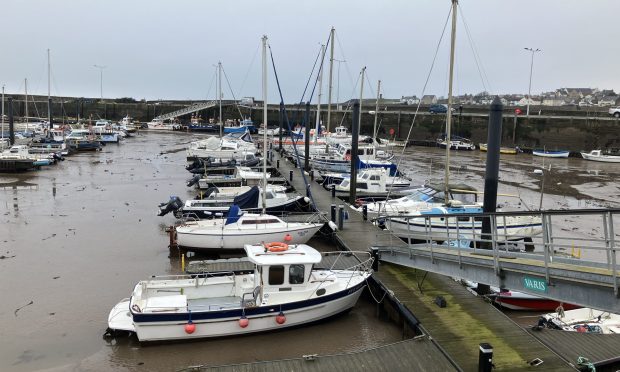It has been two years since Dundee City Council declared a climate emergency.
Dundee was the first local authority in Tayside and Fife to officially do so.
To mark the anniversary, we spoke to campaigners who think there is still more to do, and those within the local authority highlighting just how much work has already been done.
What improvements has Dundee City Council (DCC) made in those two years? Where have there been missteps and how much more is there still to do?
‘Timid, baby steps’
Tanya Jones has been the Green Party’s councillor candidate for the Coldside ward in Dundee.
She said the Dundee climate emergency declaration “could have been an opportunity to radically reimagine our city”, making it “cleaner, healthier, happier and more equal”.
“The council’s approach has been to take timid, baby steps,” she added.
Tanya said the “minimally ambitious” low emission zone proposal, which will allow petrol vehicles more than a decade old to still drive through the city centre, as an example.
“The climate crisis is a real emergency which poses a catastrophic threat to the future of our city.
“It’s a good thing the council admits that, but it’s high time they acted accordingly.”
Lack of carbon footprint target ‘worrying’
Among the critics of the local authority’s ruling group is councillor Richard McCready.
The Dundee West Labour councillor recently hit out at officials for failing to set a carbon footprint target for the next three years.
The carbon footprint is a measurement of CO2 emissions from all council activity. It allows the local authority to benchmark how its improvements are working — or not.
Mr McCready feels failing to set a target shows a lack of leadership.
Previous years have had targets set, but a recent city development report simply said the target for the next three years was “under development”.
He said it was a “shocking” oversight given the climate emergency declaration in Dundee.
“DCC needs to have a robust target to reduce the emissions which it produces.
“After declaring a climate emergency, they need to take the moral lead in encouraging other organisations and citizens to do all they can.
“I am looking for action from Dundee City Council on this.”
What do green campaigners think about the climate emergency, two years on?
Environmental campaigners across the city have praised DCC for making the climate emergency declaration, but fear not enough is being done given the scale of the issue.
Andy Llanwarne, coordinator of Friends of the Earth Tayside and member of Dundee Climate Action Network, admits the council has “shown leadership”, but that alone is not enough.
“It is easy to make fine-sounding declarations without following them up with the necessary actions.
“To tackle the climate emergency at a local level, you have to change what you do and how you do it across all services.”
He urges DCC to “think differently” about how all services are delivered — especially in an era of dwindling council budgets.
“This is a welcome start, but resources — both money and people — are limited after years of cutbacks,” he added.
But what has Dundee City Council got right?
Andy praised a number of actions DCC has taken, including improving electric car charging facilities and bringing an e-bike hire scheme to the city.
“This needs to be extended to create a network of safe walking and cycling routes as part of a sustainable strategy.”
He hopes the Cop26 conference, which will be held in Glasgow in November, will act as a “historic milestone” in the global climate challenge.
“Dundee can play a leading role… reshaping our city into a more liveable and attractive place.”
‘Ineffective’: Green hardliners still unhappy with city’s progress
The local chapter of Extinction Rebellion claim more needs to be done.
Adam Learmonth, a member of the controversial direct action group, said they feel DCC’s actions have been “inadequate”.
Speaking on behalf of the group, he said: “The council needs a massive emergency campaign imploring the public for help with an emergency response.
“Current projects, such as flood defences in Broughty Ferry and cycle paths around the city, are piecemeal and ineffective.”
The Dundee-branch has held protests in Dundee city centre, including at Dundee Airport and hosting a “tea party” at V&A to raise awareness of rising sea levels.
The group’s sometimes illegal direct action tactics remain controversial with some members recently convicted for occupying an oil rig at the Port of Dundee.
They were attempting to prevent the rig from leaving and carrying out extraction work in the North Sea.
Which Dundee climate measures are working?
Mark Flynn, city development convener, insists the council is committed to reducing its carbon footprint.
He highlighted a number of actions taken, including:
- £2.5m for energy efficiency improvements in public buildings
- £2.4m spent on external wall insultation for homes in Stirling Park, Dudhope and Law Crescent
- More than £700,000 spent on LED streetlamps
“These measures, along with behavioural change campaigns have resulted in a reduction of the council’s carbon footprint by more than 40% since 2007,” he said.
He said carbon footprint targets are missing due to work around a new carbon management plan.
The Coldside councillor promised it will include a net-zero target by 2045.
He also highlighted the formation of the Dundee Climate Leadership Group (DCLG), which was established earlier this year.
Many more climate projects coming on stream
DCC leader John Alexander has highlighted a slew of changes made in Dundee in the face of the climate emergency, both large and small.
These include:
- Orbital Marine, generating tidal power in Dundee quayside
- Bidding for the highest amount per capita across Scotland for the Spaces for People programme, promoting active travel
- As a percentage, DCC has the largest fleet of electrical vehicles in the UK
- Solar panels installed on the roofs of car parks and multis across the city
- Expanding the council’s climate change team with four new posts
Mr Alexander added: “We have brought forward a further £22 million in our capital plan in the coming years to support further measures to address the climate emergency.”
